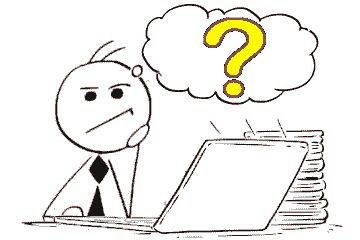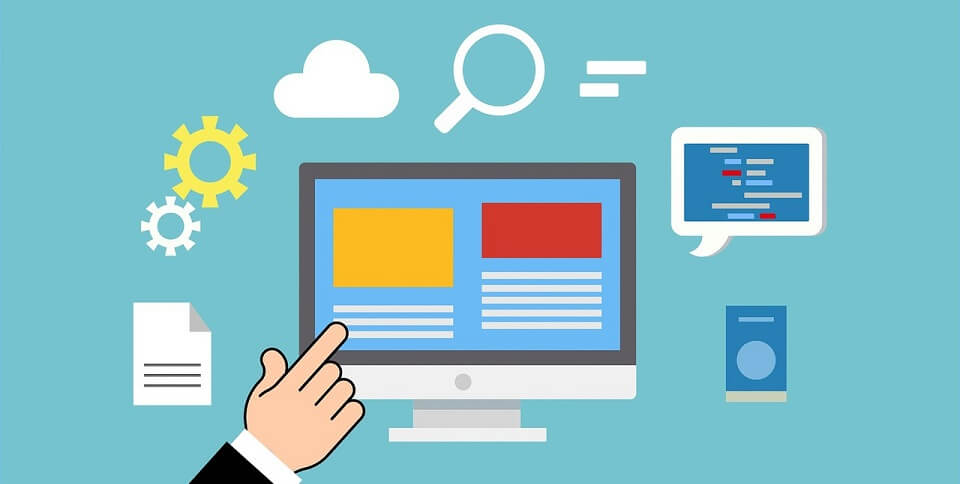In continuation to our article Computer Science- Class XII Syllabus- Part 1 following is remaining syllabus related to Programming, Practicals & Project.
5. Practical
Some sample lab assignments are as follows
5.1 Programming in Python:
- Recursively find the factorial of a natural number.
- Read a file line by line and print it.
- Remove all the lines that contain the character `a' in a file and write it to another file.
- Write a Python function sin(x, n) to calculate the value of sin(x) using its Taylor series expansion up to n terms. Compare the values of sin(x) for different values of n with the correct value.
- Write a random number generator that generates random numbers between 1 and 6 (simulates a dice).
- Write a recursive code to find the sum of all elements of a list.
- Write a recursive code to compute the nth Fibonacci number.
- Write a Python program to implement a stack and queue using a list data-structure.
- Write a recursive Python program to test if a string is a palindrome or not.
- Write a Python program to plot the function y = x2 using the pyplot or matplotlib libraries.
- Create a graphical application that accepts user inputs, performs some operation on them, and then writes the output on the screen. For example, write a small calculator. Use the tkinter library.
- Open a webpage using the urllib library.
- Compute EMIs for a loan using the numpy or scipy libraries.
- Take a sample of 10 phishing e-mails and find the most common words.
5.2 Data Management: SQL and web-server
- Find the min, max, sum, and average of the marks in a student marks table.
- Find the total number of customers from each country in the table (customer ID, customer name, country) using group by.
- Write a SQL query to order the (student ID, marks) table in descending order of the marks.
- Integrate SQL with Python by importing the MySQL module
- Write a Django based web server to parse a user request (POST), and write it to a CSV file.

6. Project
The aim of the class project is to create something that is tangible and useful. This should be done in groups of 2 to 3 students, and should be started by students at least 6 months before the submission deadline. The aim here is to find a real world problem that is worthwhile to solve. Students are encouraged to visit local businesses and ask them about the problems that they are facing.
For example, if a business is finding it hard to create invoices for filing GST claims, then students can do a project that takes the raw data (list of transactions), groups the transactions by category, accounts for the GST tax rates, and creates invoices in the appropriate format. Students can be extremely creative here. They can use a wide variety of Python libraries to create user friendly applications such as games, software for their school, software for their disabled fellow students, and mobile applications, Of course to do some of this projects, some additional learning is required; this should be encouraged. Students should know how to teach themselves.
If three people work on a project for 6 months, at least 500 lines of code is expected. The committee has also been made aware about the degree of plagiarism in such projects. Teachers should take a very strict look at this situation, and take very strict disciplinary action against students who are cheating on lab assignments, or projects, or using pirated software to do the same. Everything that is proposed can be achieved using absolutely free, and legitimate open source software.
